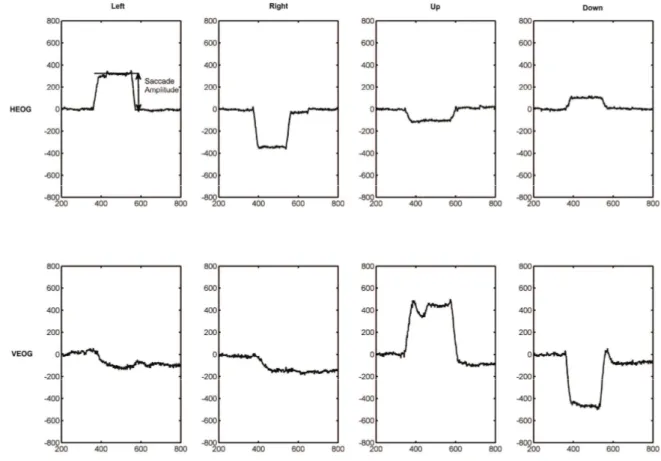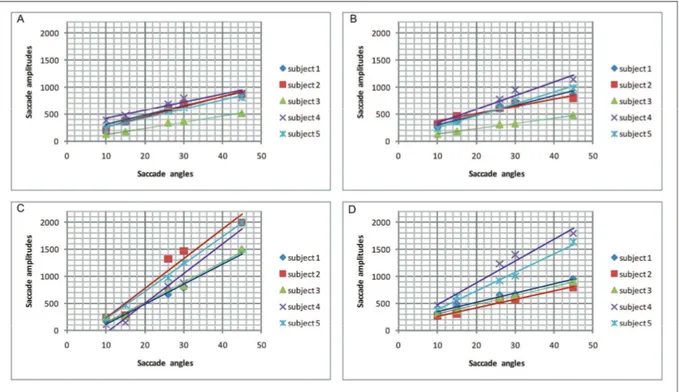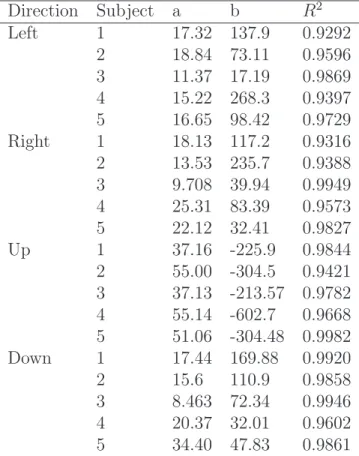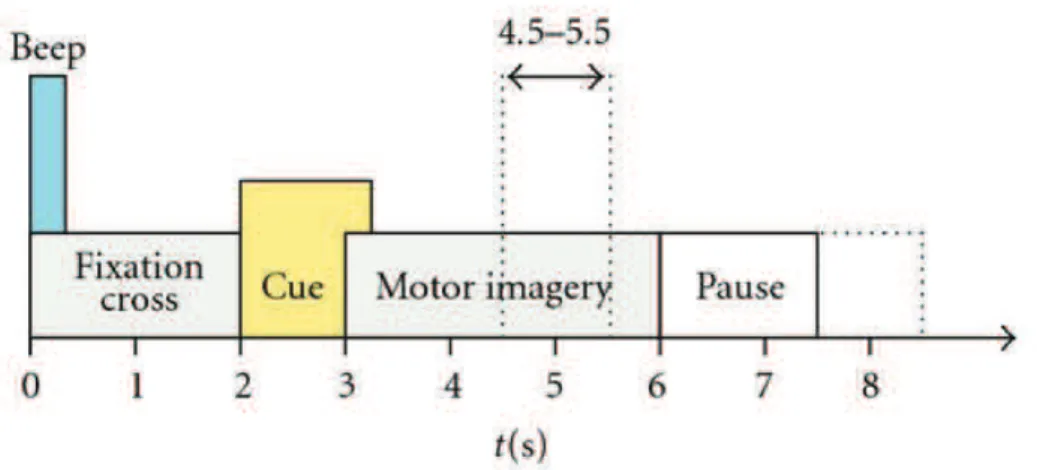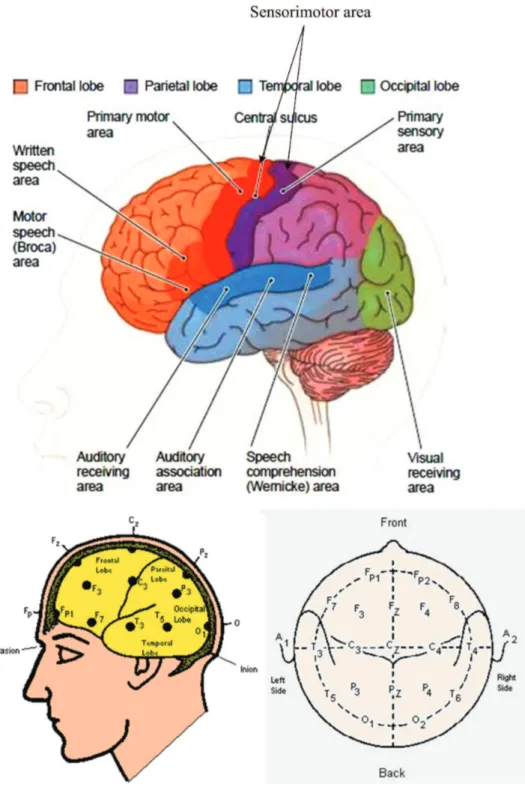EEG signal analysis for brain-computer interfaces for large public applications
Texte intégral
Figure
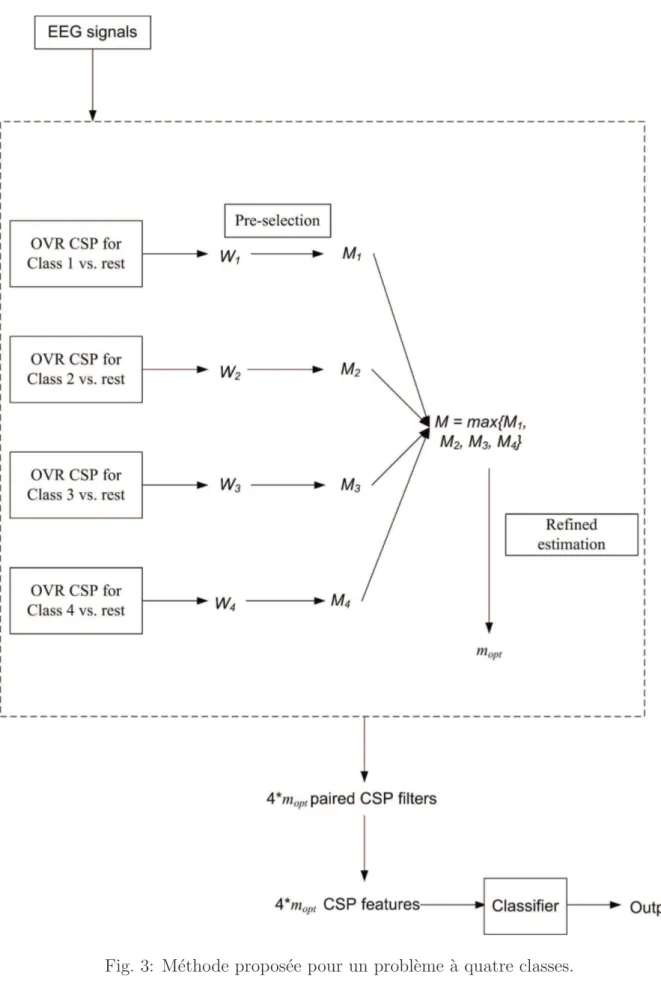
![Fig. 1.2: An example of the application of hand motor imagery BCI to games. The figure is modified from [94 ].](https://thumb-eu.123doks.com/thumbv2/123doknet/2912688.75783/31.892.189.752.82.753/fig-example-application-motor-imagery-games-figure-modified.webp)
![Fig. 2.1: Different EEG patterns for actual BCIs: (A) Typical slow cortical potentials measured in an BCI experiment [29 ]](https://thumb-eu.123doks.com/thumbv2/123doknet/2912688.75783/40.892.179.758.87.632/different-patterns-actual-typical-cortical-potentials-measured-experiment.webp)
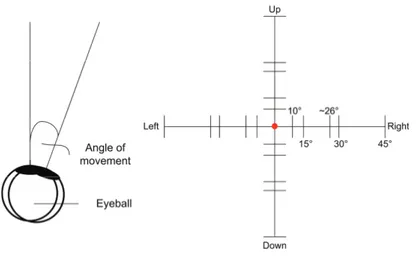
Documents relatifs
We advocate a design methodology including high level specifications using the modularity and reusability features of the S IGNAL programming; formal verification and per-
Here, E stands for the electrical field, H for the magnetic field, B for the magnetic flux density, J for the current flux density (or eddy current) and D for the displacement
Fabien Lotte, Harold Mouchère, Anatole Lécuyer. Pattern Rejection Strategies for the Design of Self- Paced EEG-based Brain-Computer Interfaces. International Conference on
Several classification al- gorithms have been used to design BCI, such as linear classifiers, Support Vector Machine (SVM) or neural networks [9].. Surprisingly, fuzzy classifiers
In order to simplify the process of converting numbers from the modular representation to the positional representation of numbers, we will consider an approximate method that allows
We now describe the components of the segmentation-driven recognition : the numeral classifier, the touching digit recognition method using a segmentation method, and the reject
As can be seen from this algorithm, when assessing the risk of loss of stability software infocommunication systems from destructive impacts it becomes necessary to determine
As future works it is planned to use programming languages for detecting anomalies in data pat- terns with statistical, mathematical and machine learning techniques which

